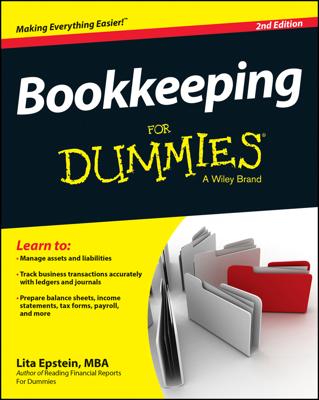After you summarize the journals for your business and develop the entries you need for the General Ledger, you post your entries into the General Ledger accounts. When posting to the General Ledger, include transaction dollar amounts, as well as references to where material was originally entered into the books, so you can track a transaction if a question arises later.
For example, your boss or the owner may wonder why certain money was spent, or an auditor (an outside accountant who checks your work for accuracy) could raise a question.
For the business example depicted in the figures below, three of the accounts — Cash, Accounts Receivable, and Accounts Payable — are carried over month to month, so each has an opening balance. The Sales account is closed at the end of each accounting period, so it starts with a zero balance. In this example, the business closes its books monthly.
The Cash account in the following figure increases with debits and decreases with credits. Ideally, the Cash account always ends with a debit balance, which means there’s still money in the account. A credit balance in the cash account would indicate that the business is overdrawn.
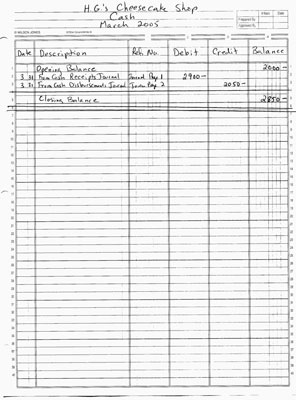
The Accounts Receivable account in the next figure increases with debits and decreases with credits. Ideally, this account also has a debit balance that indicates the amount still due from customer purchases.
If no money is due from customers, the account balance is zero. A zero balance isn’t necessarily a bad thing if all customers have paid their bills. However, a zero balance may be a sign that your sales have slumped, which could be bad news.
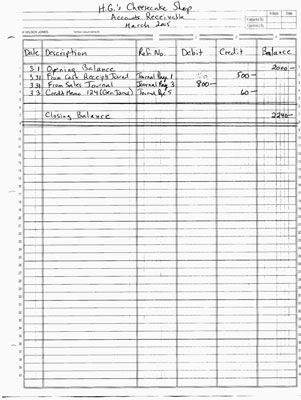
The Accounts Payable account in the following figure increases with credits and decreases with debits. Ideally, this account has a credit balance because money is still due to vendors, contractors, and others. A zero balance here equals no outstanding bills.
These three accounts — Cash, Accounts Receivable, and Accounts Payable — are part of the balance sheet. Asset accounts on the balance sheet usually carry debit balances because they reflect assets (in this case, cash) owned by the business. Cash and Accounts Receivable are asset accounts.
Liability and Equity accounts usually carry credit balances because Liability accounts show claims made by creditors (in other words, money owed by the company to financial institutions, vendors, or others), and Equity accounts show claims made by owners (in other words, how much money the owners have put into the business). Accounts Payable is a liability account.
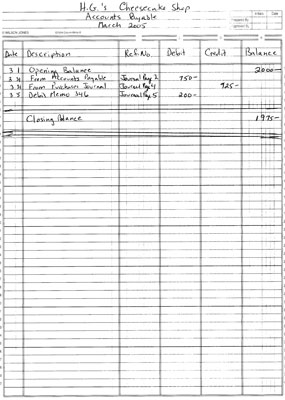
The Sales account in the figure below isn’t a balance sheet account. Instead, it’s used in developing the income statement, which shows whether or not a company made money in the period being examined. Credits increase the Sales account, and debits decrease it. The Sales account usually carries a credit balance, which is a good thing because it means the company had income.
The income statement shows whether or not the company made a profit. If Sales account credits exceed expense and cost account debits, then the company made a profit. That profit would be in the form of a credit, which then gets added to the Equity account called Retained Earnings, which tracks how much of your company’s profits were reinvested into the company to grow the business.
If the company lost money and the bottom line of the income statement showed that cost and expenses exceeded sales, then the number would be a debit. That debit would be subtracted from the balance in Retained Earnings, to show the reduction to profits reinvested in the company.
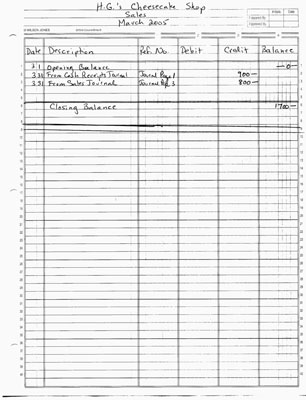
If your company earns a profit at the end of the accounting period, the Retained Earnings account increases thanks to a credit from the Sales account. If you lose money, your Retained Earnings account decreases. Because the Retained Earnings account is an Equity account and Equity accounts usually carry credit balances, Retained Earnings usually carries a credit balance as well.
After you post all the Ledger entries, you need to record details about where you posted the transactions on the journal pages.

